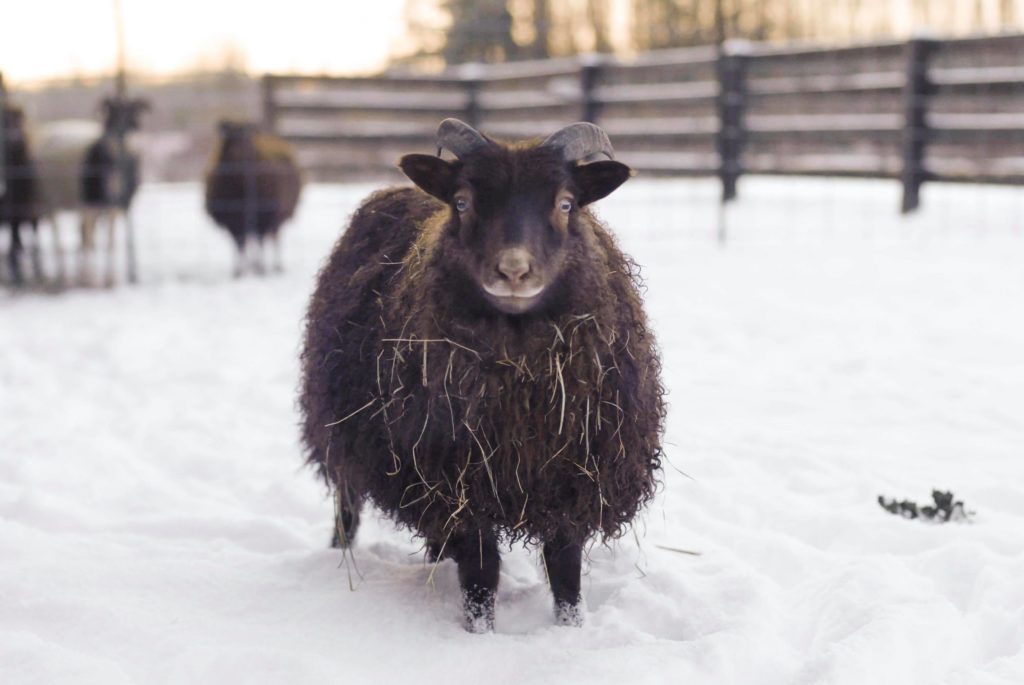
It’s a question I get asked more often than anything else: Why do you shear your sheep? I’ll admit that this question used to bother me. There’s unfortunately quite a bit of misinformation out there surrounding the wool industry in particular and many assume that shearing is cruel and hurts the sheep in some way.
I’m here to tell you that this is wholeheartedly and unequivocally untrue, and as someone who raises sheep and has witnessed shearing days firsthand here on our farm, I’m excited to be able to set the record straight and shed some light on what goes into shearing and why we do it with our particular flock.
How and Why We Shear
I like to say that shearing a sheep is a lot like giving them a haircut. It doesn’t hurt and our shearers always do a careful, thorough, and quick job using electric clippers, which smoothly glide under the fleece and leave it all in one big piece.
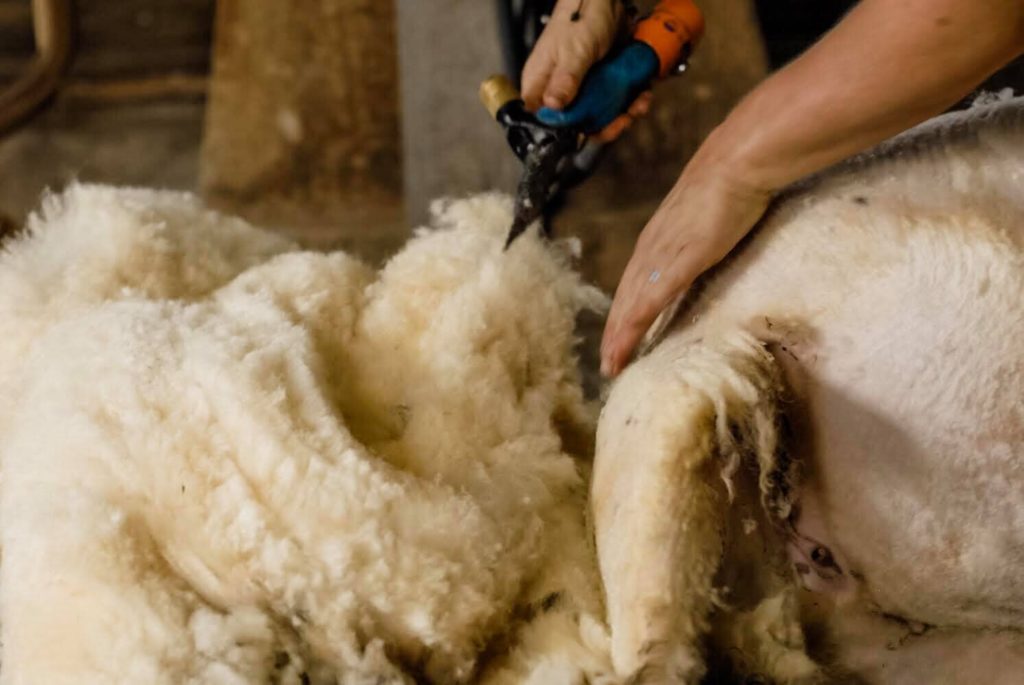
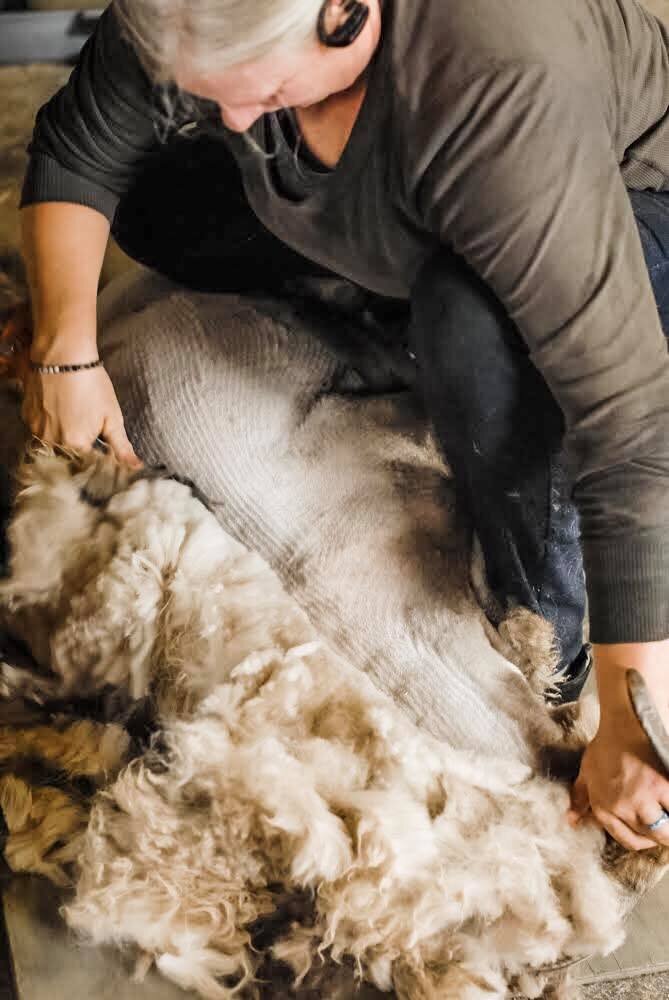
Some shearers prefer to work by hand because our flock is quite large it’s much more efficient to use the electric clippers.
But the main reason we opt to shear our flock is ultimately for their comfort and health. By the time spring rolls around, the fleece is incredibly matted and becomes painfully heavy for the sheep. Icelandic sheep in particular also tend to “roo” or experience wool break during this time of year, when the wool attempts to shed naturally. Shearing allows us to step in and remove this uncomfortable fleece so that it doesn’t weigh them down or cause complications during lambing. In addition to issues giving birth, lambs can even struggle to nurse when the fleece becomes too thick.
We also take the opportunity during shearing to hooves so they don’t get too overgrown (they’re trimmed regularly every 6-8 weeks), as well as perform health checks to make sure there’s nothing we need to address moving forward.
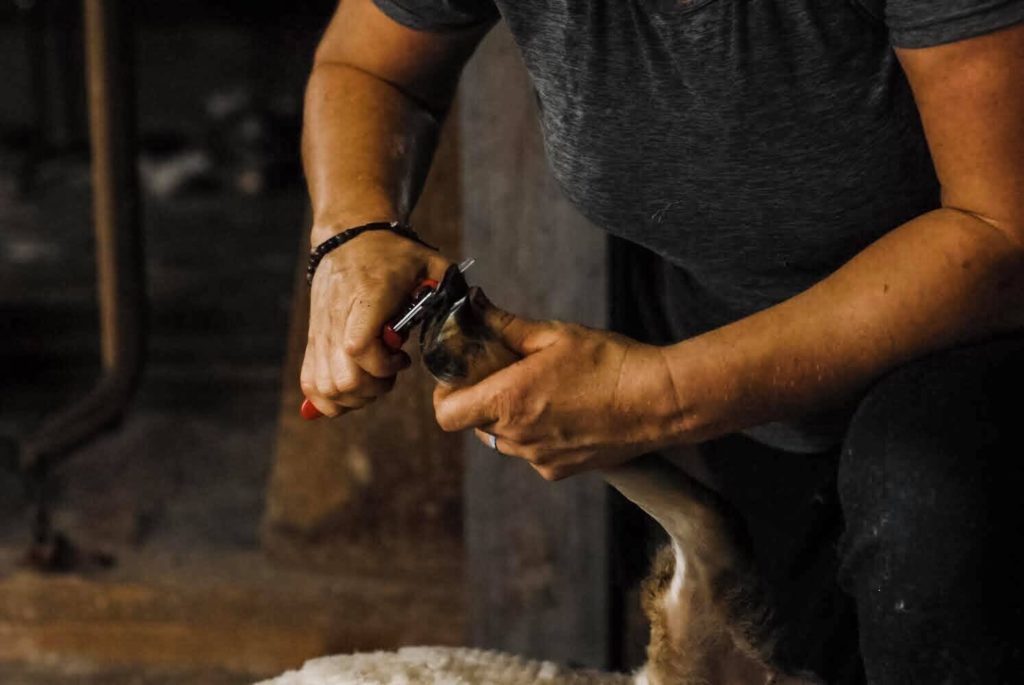
What We Do With the Wool
We shear our Icelandic sheep twice a year, once in the fall and once in the spring. Depending on the time of year, we do different things with the wool we get from shearing.
In the fall the wool is of a higher quality and not as matted as it would be by spring, and we send this off to a mill we’ve partnered with to be carded, spun, and made into our natural Lopi yarn, a type of yarn made specifically from the fleece of Icelandic sheep.
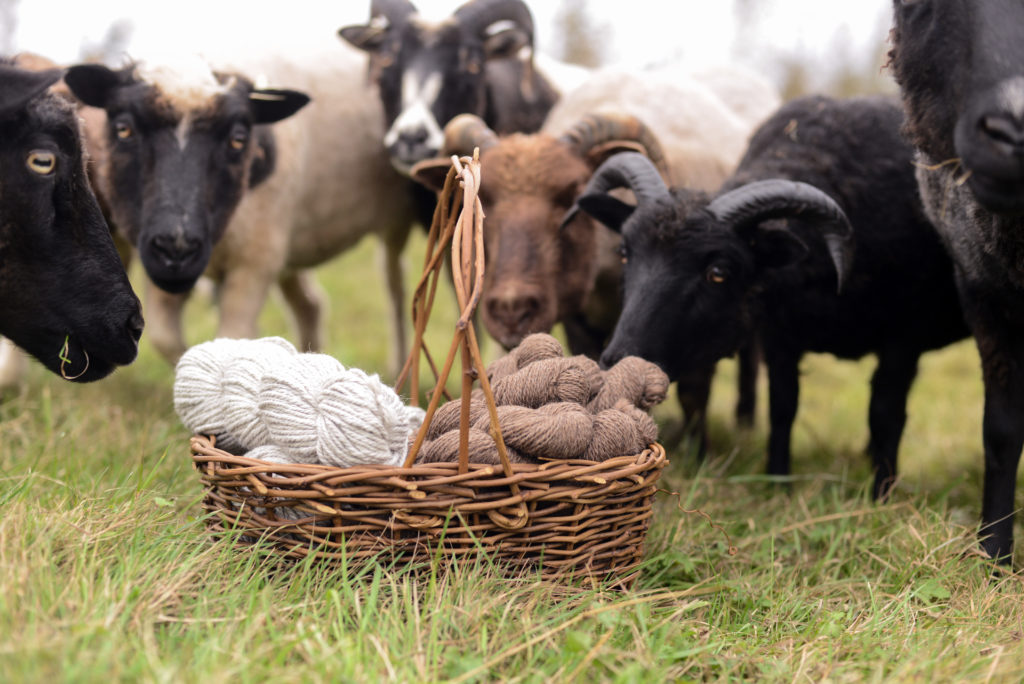
In the spring, when the wool has become quite thick and matted, it’s used for garden mulch/fertilizer or even insulation. This year we’re excited to be partnering with a local mill to create wool “pellets” out of the discarded spring wool to be used in the garden – stay tuned for more on that soon!
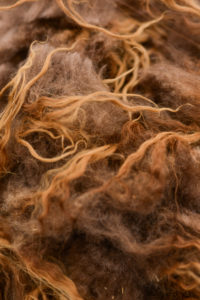
Above all, we take great pride in raising our flock and ensuring they receive the best quality care and shearing plays a large part in making that happen.
Thank you for everything you do to keep us learning. I can hardly wait til I can read this blog with my grandchildren. And when do your classes begin o Saturdays again? Gail